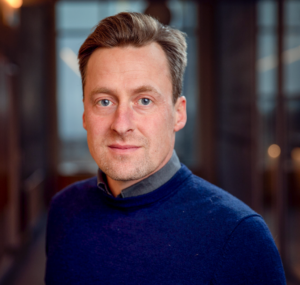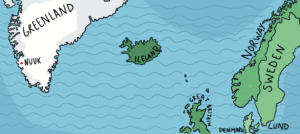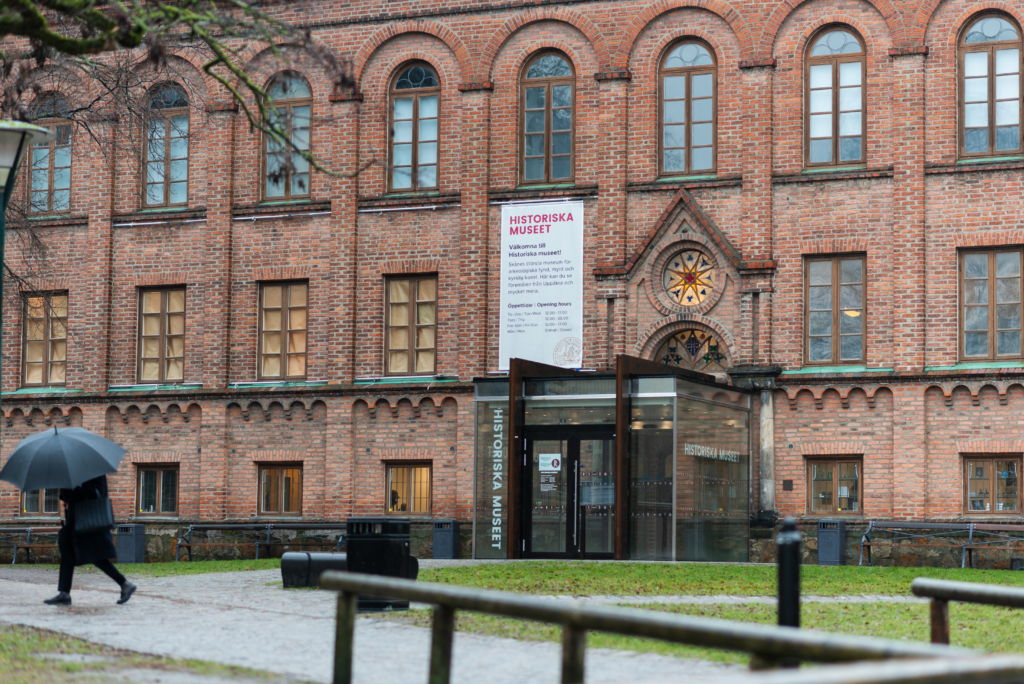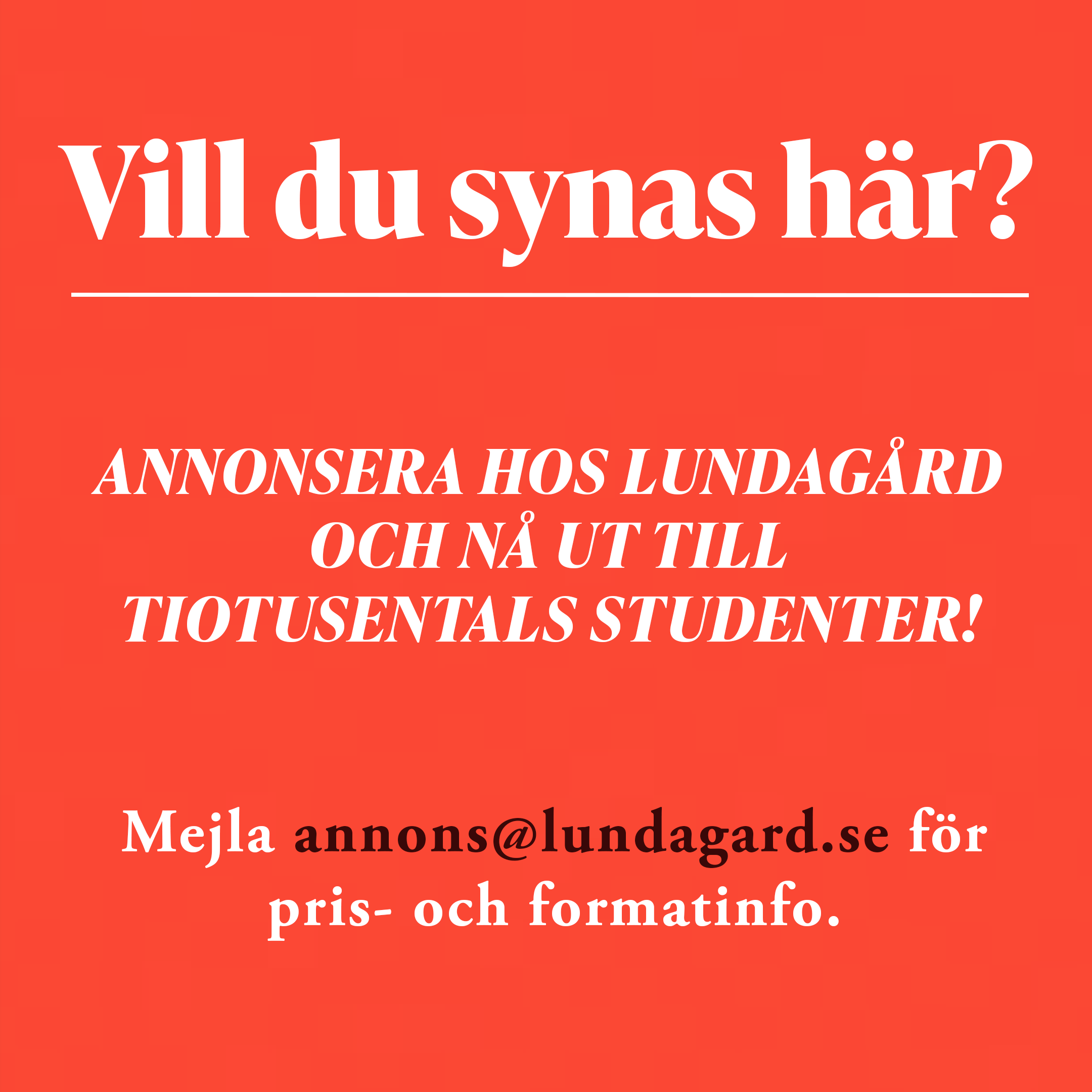In the collections of the Historical Museum at Lund University, there are human remains of indigenous peoples from all across the world collected in the 19th century.
Last autumn, a skull of a Sámi man was returned, or repatriated, from Lund University to the Sámi community of Arjeplog in Northern Sweden. With the repatriation, a year-long bureaucratic process came to an end, and a small chapter of Swedish colonialism came to a close.
The skull had, up until being repatriated, been stored in the Anatomic Collection of the Museum of History at Lund University. In this collection, there is a large number of human remains, collected over the centuries for various different purposes. Many of the skeletons are from medieval Skåne.
About 10 percent of the Anatomic Collection is however made up of so called “ethnographica” – this includes remains from several indigenous groups from all across the world. These were primarily collected in the 19th century, for purposes of “racial” research.
This is also the background to why Samí remains are stored at the university, even though the original purposes of why they were first collected are now seen as highly problematic. As Swedish authorities are now trying to confront colonial practices of old, measures have been taken to enable Sámi civil society to demand repatriation of remains and artefacts.
But only a small portion of the remains of people from indigenous groups in the Anatomic Collection is made up of remains from Sapmí. Other remains have travelled a much longer path before ending up in Lund.
A larger portion of the indigenous remains stored at Lund University are from the Inuit population of Greenland. Greenland is to this day under Danish rule, but has since 1979 been formally autonomous. Since the so-called “home rule” was established, thousands of artefacts and human remains have been repatriated to the island from Denmark. The institution responsible for this process is the National Museum of Greenland (Natmus), located in Nuuk, the capital of the island.

Deputy Director at Natmus.
Photo: Emil Stach
Christian Koch Madsen is the Deputy Director at Natmus. Lundagård reached him for a digital interview, and asked him if Natmus was aware of the collection of Greenlandic remains in Lund.
– I haven’t had the time to go through our journals, but I had a quick ask around with my colleagues, and it didn’t ring any major bells. So no, we at least don’t know the nature or scale of that collection.
– When it comes to human remains, our policy is basically to try to repatriate everything, Christian Koch Madsen continues.
Christian Koch Madsen explains that Natmus is aware of Greenlandic remains and artefacts at museums all across the world, and especially in Europe. When Lundagård asks about the circumstances around why so many Greenlandic remains have been brought to Europe, he elaborates:
– The Arctic was a forum for exploration [in the 19th and 20th century, editor’s note], and the culture around exploration was very Eurocentric and disrespectful to the indigenous populations who lived wherever the Europeans went. So that was just the mindset of the time, it was like a Wild West to the white explorers.
– But it was also during this period that the idea that human remains could tell you a lot about race and development and all that terrible stuff was very common.
Grave plundering of Inuit graves is however not entirely a phenomenon of the past, Christian Koch Madsen explains.
We always ask them to return the human remains.
– We have had examples of tourists trying to smuggle out skulls and whatever it might be.
Since repatriation work at Natmus began, a lot has changed in the world of museums. Christian Koch Madsen tells Lundagård that many institutions now work as a positive force in tackling colonial history.
– We are increasingly seeing that they reach out to us and then we always ask them to return the human remains.
International repatriations are not an entirely new matter for Lund University either. Lundagård spoke to Jenny Bergman, curator at the Historical Museum at Lund University, who explains that there have been repatriations to both Australia and New Zealand in the past.
– Both Australia and New Zealand have a very thorough process regarding these things, with government agencies working with it actively.
Even though a number of Swedish state-run museums and institutions were instructed already back in 2004 to investigate the number of remains after indigenous groups stored in their archives and collections, more precise information around the human remains in Lund is lacking. Some are marked only as “Indigenous population of the US”, and several of the ones from Greenland are marked only as “Inuit”, without any information about the location of origin.
Lundagård has been in contact with the Swedish Ministry of Culture, which is responsible for matters of repatriation. According to them, it is up to the individual museums and institutions to decide upon how and when to inform external actors like Natmus.
However, Lund University is not working actively with informing external actors about what is stored in the Anatomic Collection – at least not on an international level. Jenny Bergman was responsible for summarising information on Sámi remains in a report at LU. In this report, information regarding origin and how they ended up at Lund University was included – for some of the remains, the name of the person could be traced. This was done to simplify future repatriation processes from LU for Sámi local organisations. No such report exists in regard to international human remains.
Are there any plans of doing a more thorough investigation with regards to the international human remains?
– We will have to see about that. It would be an extremely valuable thing to do, so I hope so, Jenny Bergman says.
But you have no indication from the University that such an investigation might be done in the future?
– No.
– But it would be very good if we could have more information about this on the website and so on. That could really easen the process of future repatriations, since the basic information would already be there.










